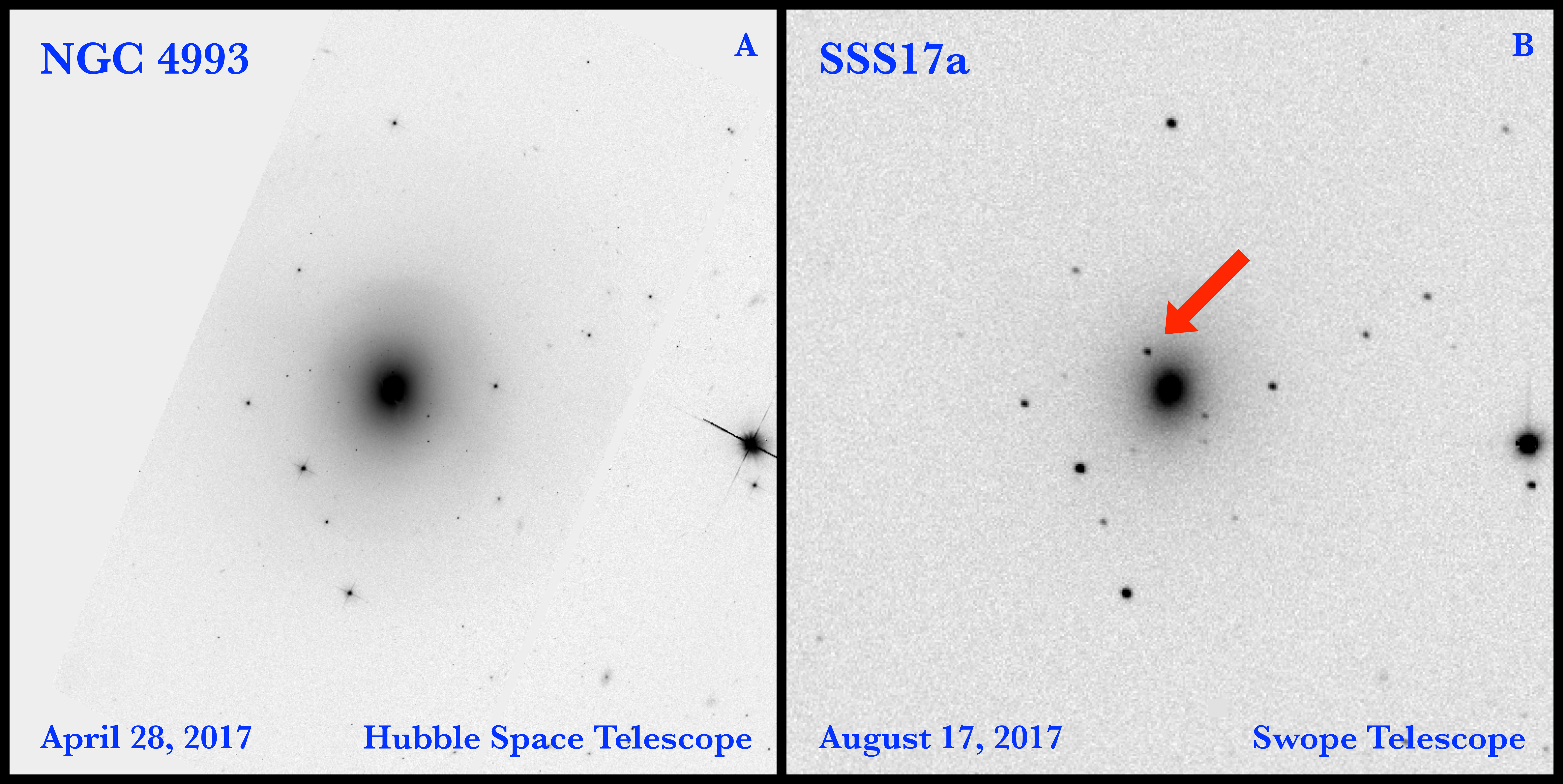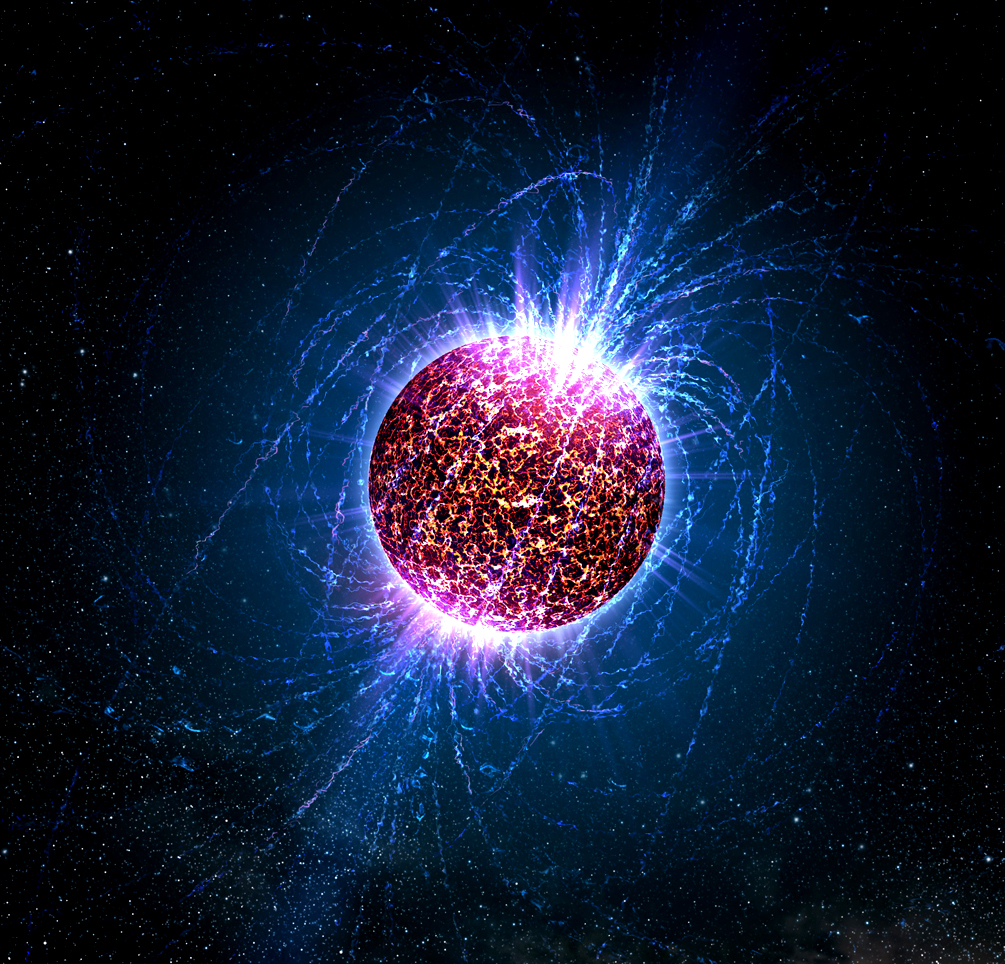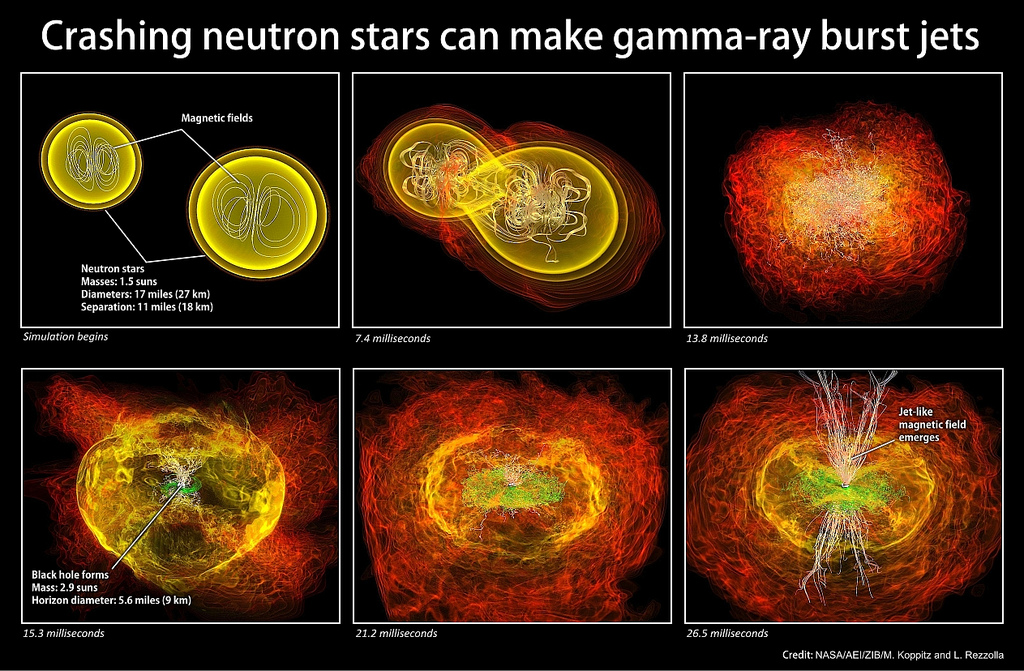Scientists Have Detected an Entirely New Type of Gravitational Wave
Credit to Author: Becky Ferreira| Date: Mon, 16 Oct 2017 14:03:50 +0000
“found something
sending you a screenshot.”
“wow!”
“!”
These messages, exchanged between astronomers on August 17 at the Las Campanas Observatory in northern Chile, are a breathless acknowledgement of a major new breakthrough in astronomy. On Monday, the full context of this discovery was announced by representatives of the Laser Interferometer Gravitational-Wave Observatory (LIGO), its Italian counterpart Virgo, and 70 other observatories at the National Press Club in Washington, DC, confirming rumors about the observation of a never-before-seen astronomical phenomena.
On that fateful Thursday in August, the team announced, LIGO and Virgo detected a gravitational wave created by the merging of two neutron stars in the galaxy NGC 4993, some 130 million light years from Earth.
Neutron stars are the stellar corpses left by explosions of huge stars. Measuring only about 10 to 20 kilometers (6 to 12 miles) in diameter, they contain more mass than the Sun within that tiny space, making them the smallest and densest stars in the known universe. A teaspoon of material from one of these bad boys weighs 10 million tons. It’s also speculated that neutron stars may enrich the universe with heavier elements, like gold, platinum, and uranium.
This newly detected neutron star merger, named GW170817, is an entirely novel discovery. The previous four undisputed signatures of gravitational waves found since LIGO’s first detection, in September 2015, were all generated by unions of black holes. (A fifth suspected black hole merger, dubbed LVT151012, is not as conclusive as the others.) GW170817, on the other hand, is a truly unprecedented gravitational wave—and only half of the story.
Unlike black hole mergers, which don’t typically produce light emissions, neutron star mergers like GW170817 can shine as bright as supernovae, enabling traditional telescopes to detect evidence of these extreme events. That means it’s possible to study these exotic unions both by their light output and their gravitational wave emissions, allowing scientists to both figuratively ‘see’ and ‘hear’ these mergers, which yields unprecedented insights into their properties.
LIGO/Virgo scientists rapidly pinpointed the rough location where wave GW170817 originated, and relayed the information to the Las Campanas Observatory, where astronomers scanned the targeted region in search of an “optical counterpart” to the gravitational wave detection.
Exhilaratingly, the Las Campanas team tracked down the luminous aftermath of the collision. According to researchers at the University of Toronto’s Dunlap Institute for Astronomy and Astrophysics, who participated in the discovery, the above chat messages were sent by staff who identified the radiant neutron star union in the observatory’s snapshots of distant galaxies.
This is the first time that the fallout of these enormously energetic events can be compared in two totally different mediums: electromagnetic radiation and gravitational waves. Because photons and gravitational waves both travel at the speed of light, scientists have now demonstrated how to capture these cosmic fingerprints as an observational one-two punch.

“This is just the beginning,” said Carnegie-Dunlap fellow Maria Drout, who helped track down the optical counterpart at Las Campanas, according to a Dunlap statement. “We expect LIGO and Virgo to detect dozens of neutron star mergers in the coming decade. We are entering a new era of astrophysics.”
Neutron stars form when giant stars, usually 10 to 30 times larger than the Sun, explode into supernovae at the end of their lifetimes. These stellar corpses are too massive to become white dwarfs but not massive enough to collapse into black holes, so instead they become a weird midpoint between those extremes.

For decades, scientists have predicted that collisions between such intense objects would produce gravitational waves, but they had never been directly detected. This could be because the strongest gravitational wave signatures are produced by mergers between objects with the highest masses, so it’s not surprising that LIGO has, until today, mostly picked up black hole mergers. Those events simply produce the highest-decibel noise in this newly developed field of astronomy.
Read More: How We Entered a New Era of Astronomy
When scientists involved with LIGO began letting juicy clues about the news slip, it didn’t take internet science sleuths long to anticipate what might be coming. On August 18, just one day after the detection, J Craig Wheeler, an astronomer at the University of Texas, tweeted “New LIGO. Source with optical counterpart. Blow your sox off!”
The rumor mill began to spin even more furiously when the Hubble Space Telescope, along with many other telescopes around the world, shifted to point at NGC 4993 for follow-up observations.
Now, just under two months later, the journals Nature and Nature Astronomy detail early results with a batch of seven papers released Monday, and the journal Science also dropped a package of related studies. This rush of information seems to further validate the recent decision to award the Nobel Prize in Physics to three LIGO pioneers.

This wealth of new research include insights into the high-energy gamma-ray burst ignited by the neutron star merger, and support for the theory that neutron star collisions—as opposed to supernovae—forge most of the universe’s heavy elements, challenging earlier theories.
As exciting as this dazzling “first” is for space nerds around the world, it is equally thrilling to anticipate how common these detections are expected to become. Astronomers are hard at work building a network of smaller observatories that can immediately follow up on gravitational wave detections with optical counterparts.
The universe holds many secrets, but with these new recent advances in gravitational wave astronomy, some of the most elusive of them are poised to be uncovered.
Get six of our favorite Motherboard stories every day by signing up for our newsletter.